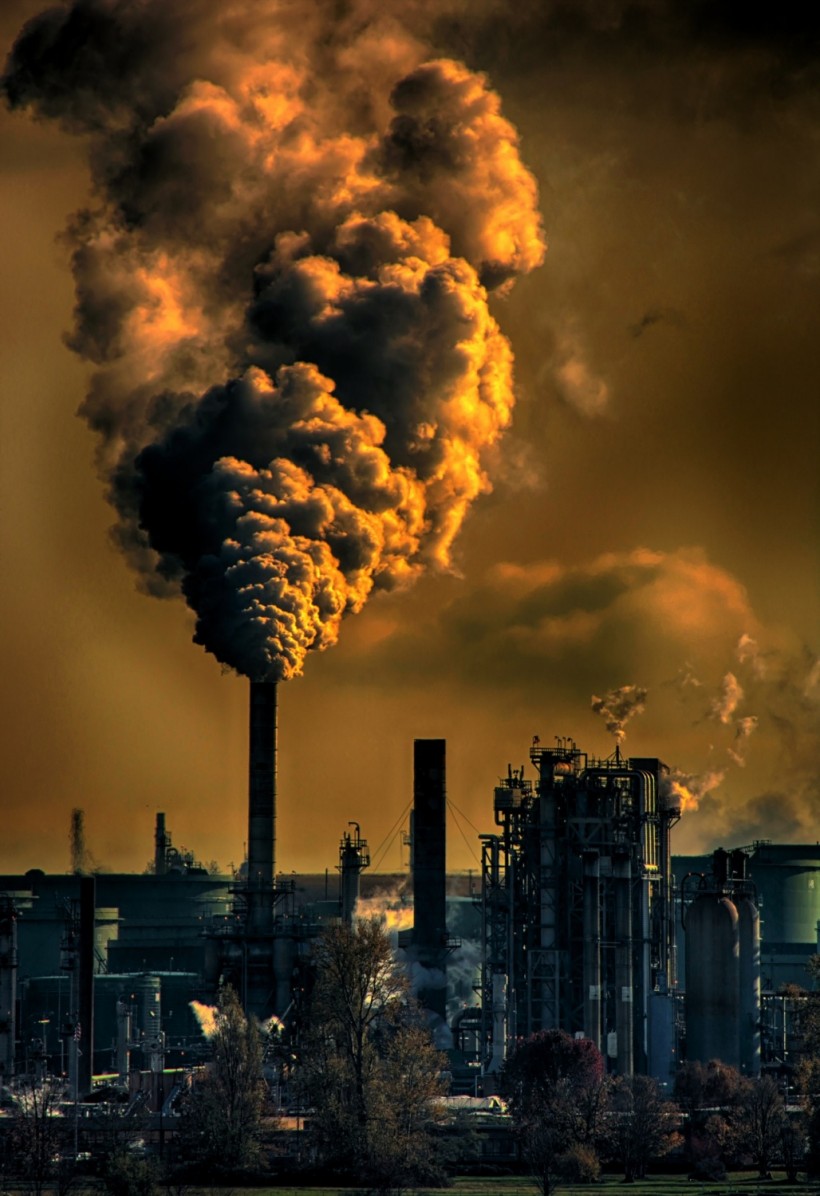An environmental catastrophe or disaster is caused by natural activity or specific human activity that can leave a negative influence on the atmosphere. Typically, environmental disasters are observed in agriculture, biodiversity, human health, industrial, nuclear, air, land, water, and marine segments. These disasters can be natural or human-made. Historically, a number of such deadly environmental catastrophes had been observed. In this article, I'm going to talk about the three biggest environmental problems faced by the people in the past.
#1: The 1952 London Smog Disaster
Problem: In December 1952, a heavy episode of smog was observed in London. The smog lasted until the end of March 1953. The air was filled with harmful moisture content that was the key ingredient for smog formation. During 1952-1953, there was unusually cold weather, coal smoke from home fires couldn't rise, and many families traveled by vehicles. It triggered black spots, gaseous sulphur dioxide, and sticky particles of tar. It resulted in a dense winter smog atmosphere.
Later on, it was found that the harmful concentration of a particular matter in the air was 56 times above its average level. When the sulphur dioxide concentration mixed into the foggy substances, it transformed into yellow-black colored foggy droplets. Unfortunately, sulphur dioxide and the foggy mixture converted into harmful sulphuric acid, which caused heavy acid rain.
Smog started to enter into buildings, theatres, cinemas, shopping malls, and stores. Everything was shut down. Transportation became impossible, the vehicles were abandoned, trains were disrupted, and airports were closed entirely. The heavy smog episode in London killed roughly 12,000 individuals. Mainly the elderly age group and children started to face cardiac diseases, lung diseases, heart failure, tuberculosis, and chronic respiratory issues. The mortality rate suddenly increased, and until the spring season, the rate remained high.
Solution: This catastrophic event made people realize the harmful impact of heavy pollution. They started to think about the seriousness of air pollution. As a result of the smog disaster in London, the Clean Air Acts were passed in 1956. Furthermore, viable solutions to control air pollution and climate change included replacing fossil fuels with renewable energy, reforestation, and reducing emissions from agriculture.
#2: Diesel and Soil Contamination
Problem: In 2006, a major environmental disaster was noticed in Alaska's history. It occurred in the bay area of Togiak. So what exactly happened in this area? In Togiak, there was massive contamination in the bay and on the land. It started in the mid of 1980s. During that time, approximately 35,000 gallons of diesel & gasoline were let go into the groundwater, land, and marine setting near the Togiak Fisheries location. At a later stage, it was observed that this gasoline and diesel contamination was over all waters adjacent to the Togiak River estuary and Togiak Bay.
For more than ten years, decontamination processes were implemented. But, it was obvious that the total cleanup was going to be quite difficult and challenging. Later on, in 2005, the local environmentalists found that a continuing oil spill was taking place on the exact site. It was estimated that 260,000 gallons of diesel oil leaking from an incinerator spill. When this new spill happened, the local environmentalists knew they had to consider other viable solutions to get the job done. Their ultimate goal was to get done with soil contamination and cleanup done in a much more effective and efficient manner.
Solution: The local environmentalists came up with a very budget-friendly solution to deal with the contamination problem. They used hot air blowers in order to provide consistent heat for the diesel and soil contamination. They turned to Assembly Supplies Co., who is an expert of the hot air blower technology. As a result of this cleanup decision, the estimated cost of $12 million was reduced to just $4 million. This partnership turned out to be quite favorable, and the process of decontamination was also accelerated. Hot air blowers were an end to a severe issue that was going over for a decade.
#3: The Love Canal Chemical Waste Dump
Problem: In 1920, a section of the city of Niagara Falls was turned into a chemical disposal and municipal dump site. In 1953, the site was entirely filled with the rubbish dump, and modern techniques were employed to cover it. One of those techniques was to lay over the waste a thick layer of red clay to prevent chemicals from leaking out and seal the dump.
For an urban expansion project, the city wanted to buy this site. The Hooker Chemical Company, who owned the plot and had put hazardous waste there as well as had the city, tried to warn them it wasn't a safe place for homes, but the city still bought the dumpsite for 1 dollar. After the final dealing, the town started to develop a sewer, which caused damage to the red clay cap. The residential blocks and schools were constructed, and this place was named the 'Love Canal.' This place was like a regular neighborhood, but it had a strange odor in the air. After some time, the unusual seepage was observed by the residents in their yards and basements. Children started to feel sick all the time, women at Love Canal started to experience a high rate of miscarriages, and the congenital disabilities rate increased.
In 1978, the existence of a chemical waste dump was found in the Love Canal area, which was the prime reason for illness, birth defects, and harmful diseases. In August 1978, the NYC health department ordered the schools to close so that children would not have to suffer from chemical poisoning.
Unfortunately, over 130 pounds of chemical toxins (TCDD) was noticed in the area of Love Canal. It was also revealed that 20,000 tons of waste existed in the landfill, and 250 hazardous chemical species were present in the atmosphere. The toxins started to enter the homes, schools, yards, sewers, and creeks.
Solution: As a result of all, more than nine hundred families decided to move away from Love Canal. Ultimately, President Carter announced a provision of funds to families so that they could quickly move to a new, safe, and clean area. The Hooker's parent company was sued for selling this site. It had to settle for a penalty of 20 million dollars. After this event, the site suffered such a bad reputation, but still, some houses in Love Canal went up for sale 20 years later, despite the protests. It was hard for homeowners to sell their places as none of the chemicals had been removed from the dumpsite. However, the surrounding areas were cleaned and declared safe. Surprisingly, the Hooker's Company had to pay an additional 230 million dollars to clean up this site. The Love Canal dumpsite is considered to be one of the environmental catastrophes of history.
© 2024 NatureWorldNews.com All rights reserved. Do not reproduce without permission.





